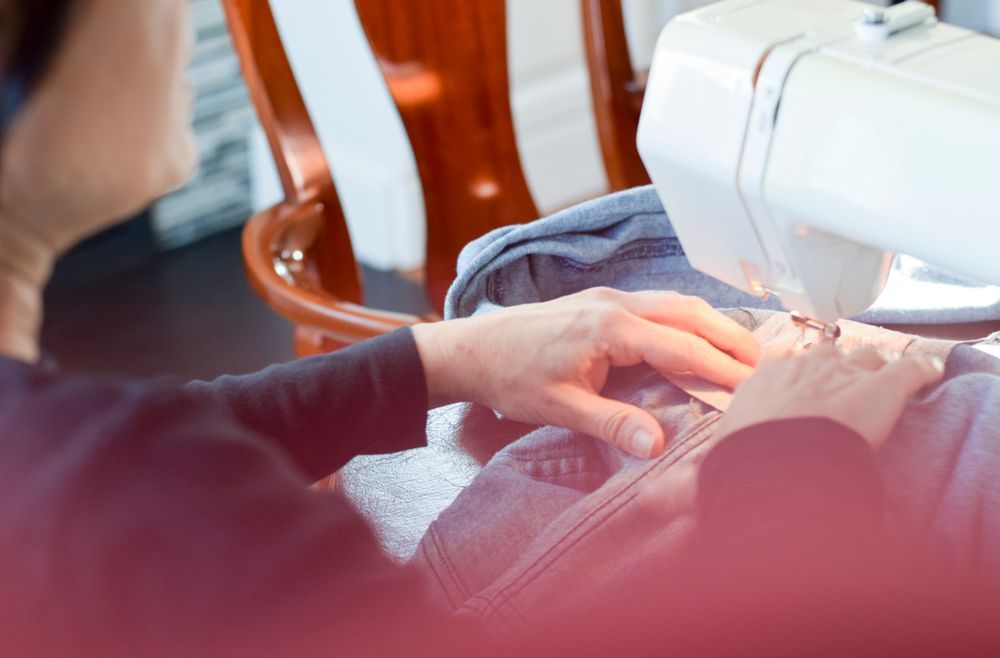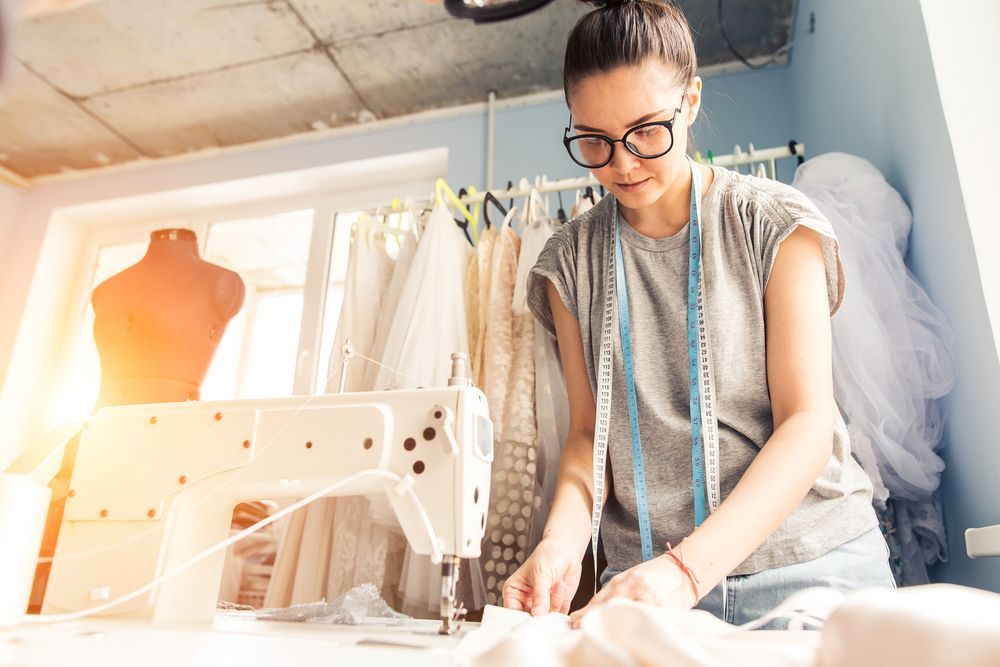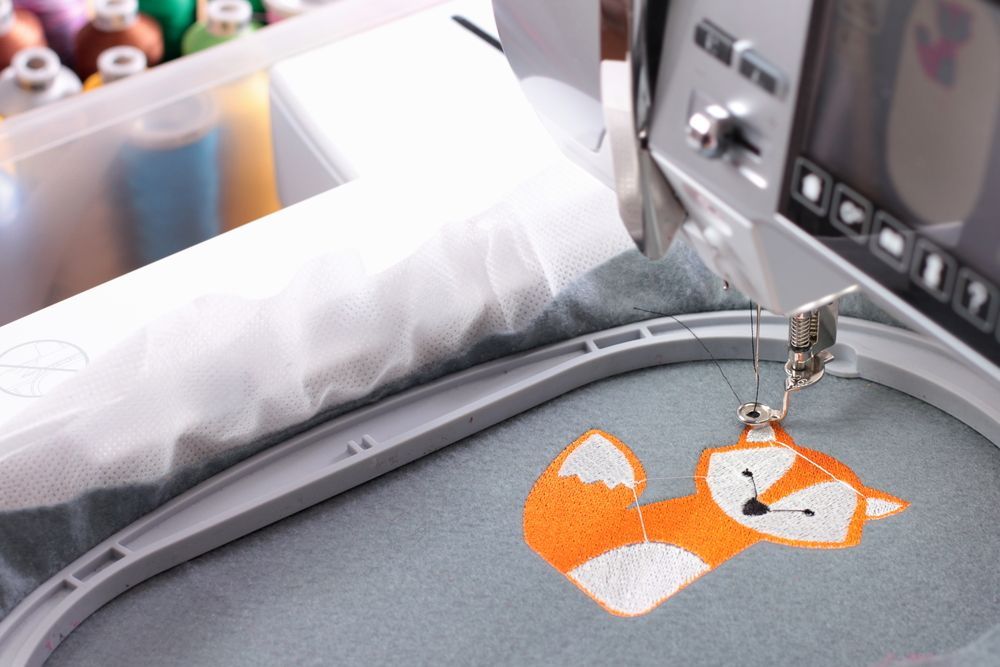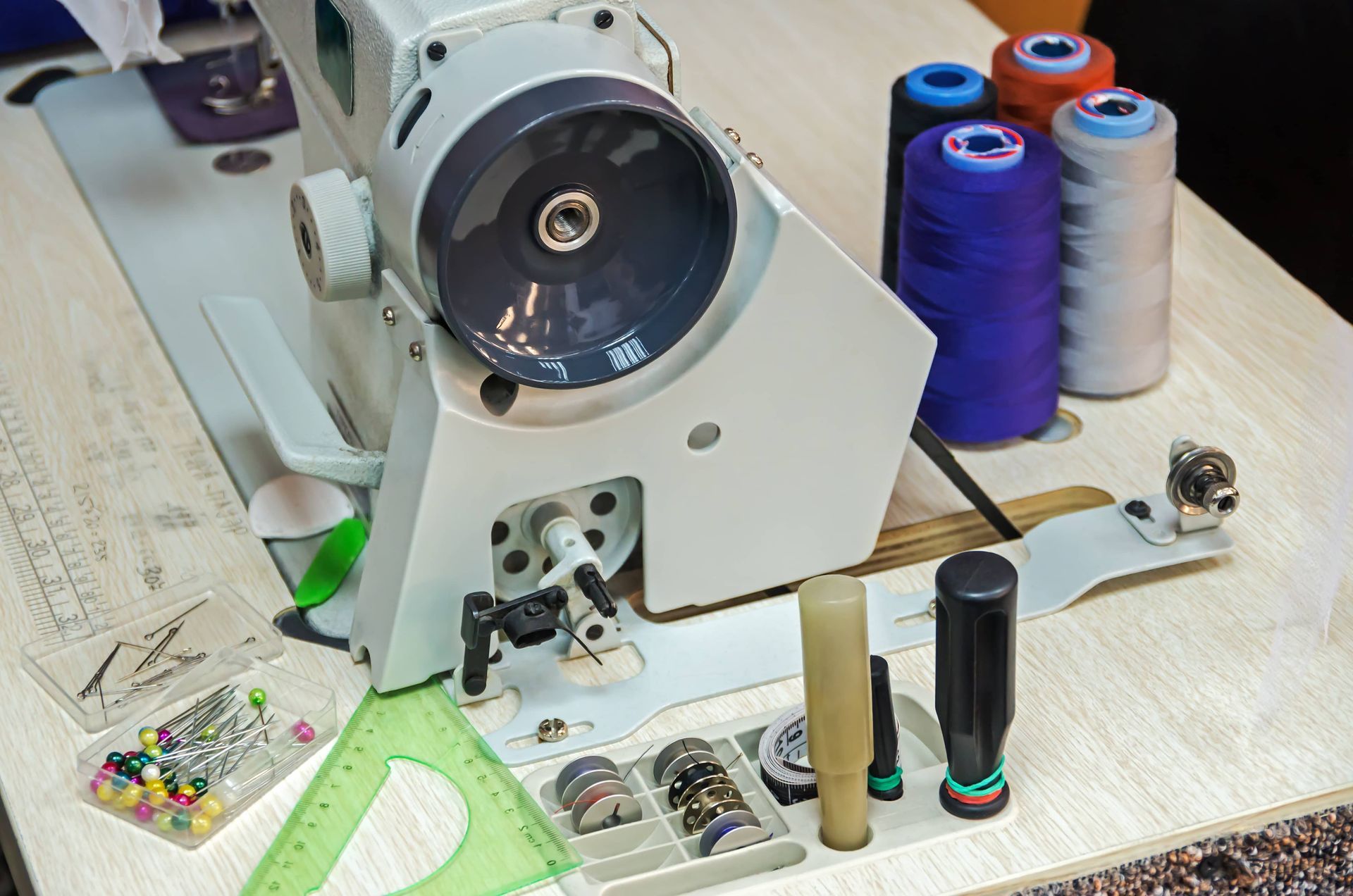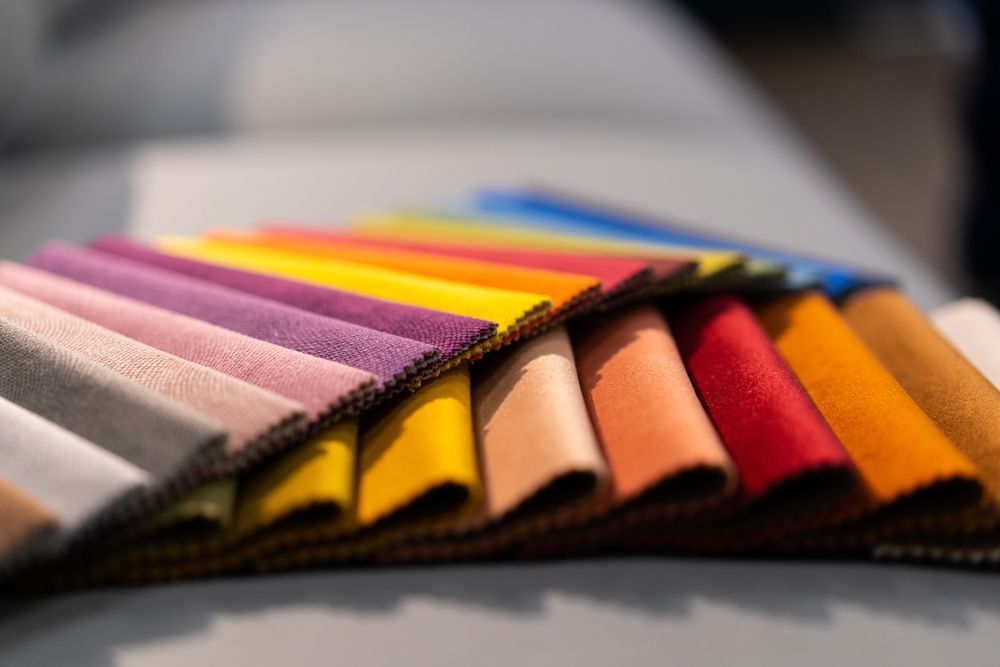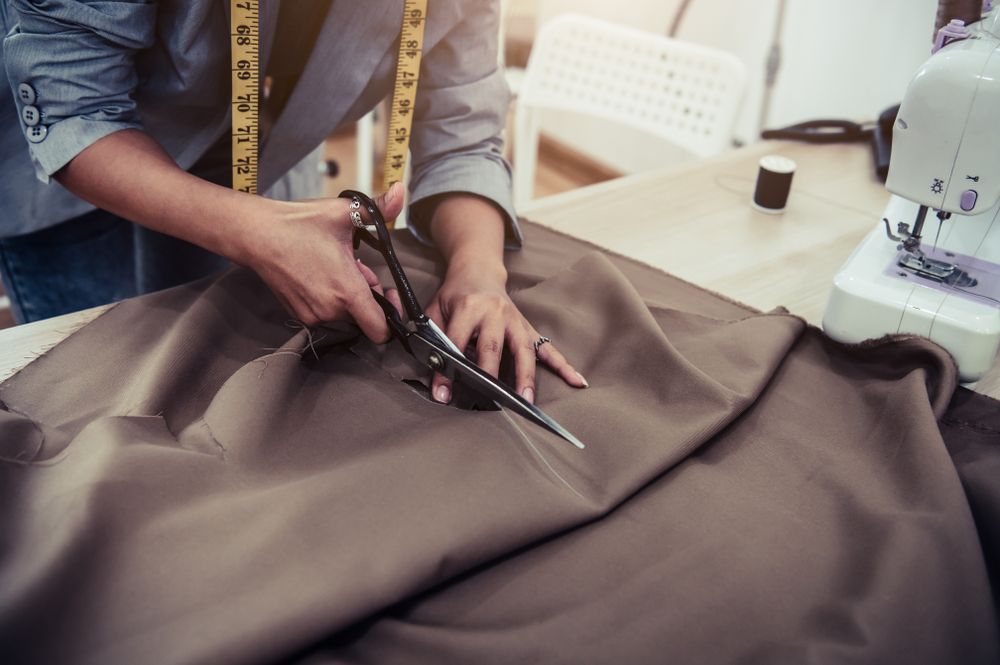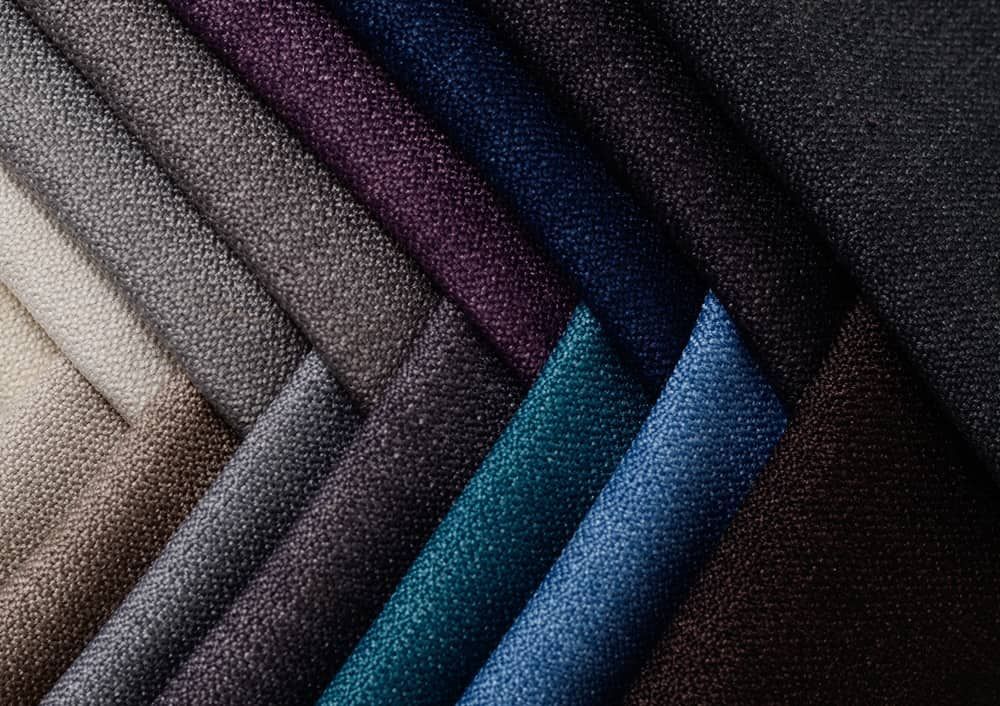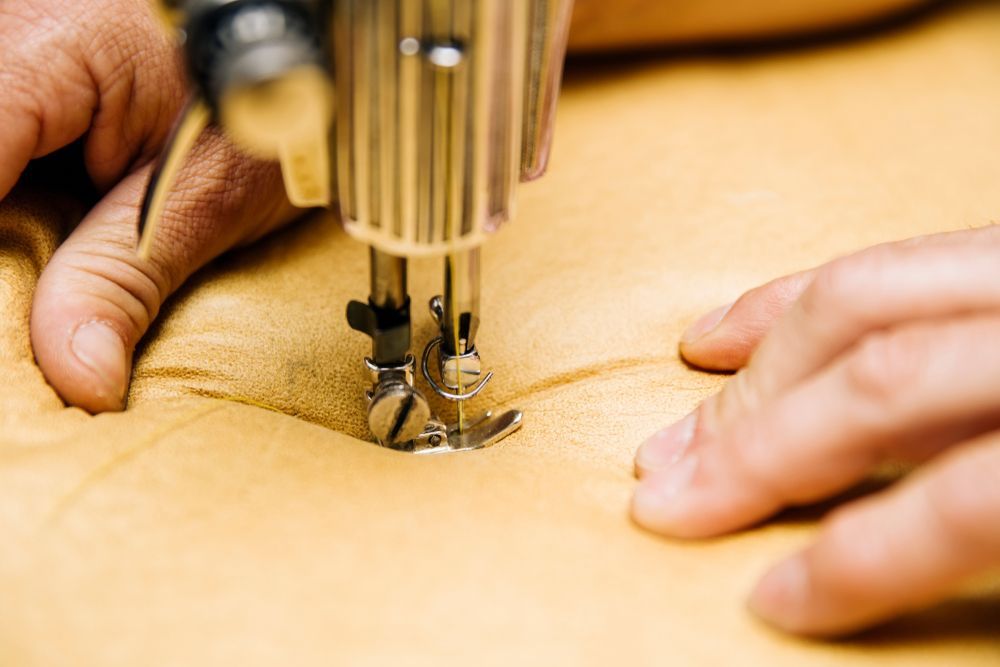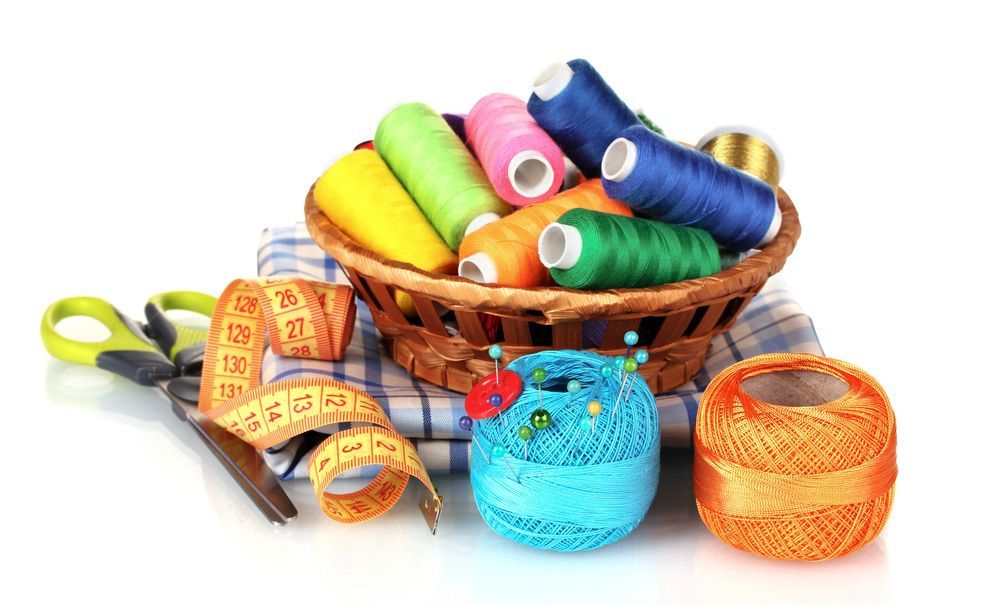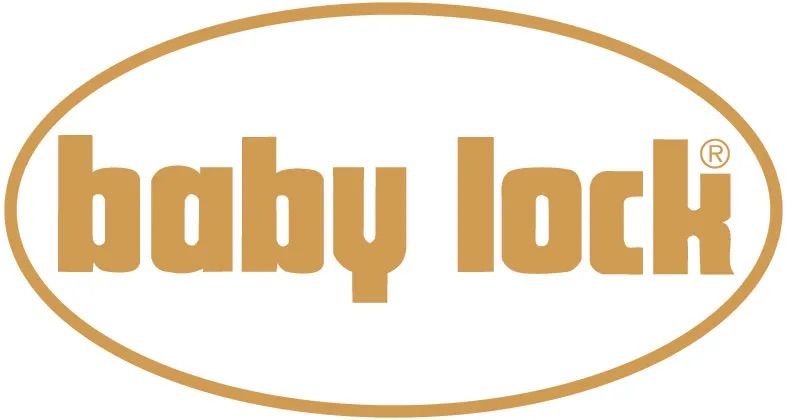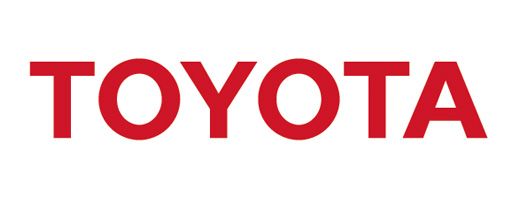Your Brand New Sewing Machine
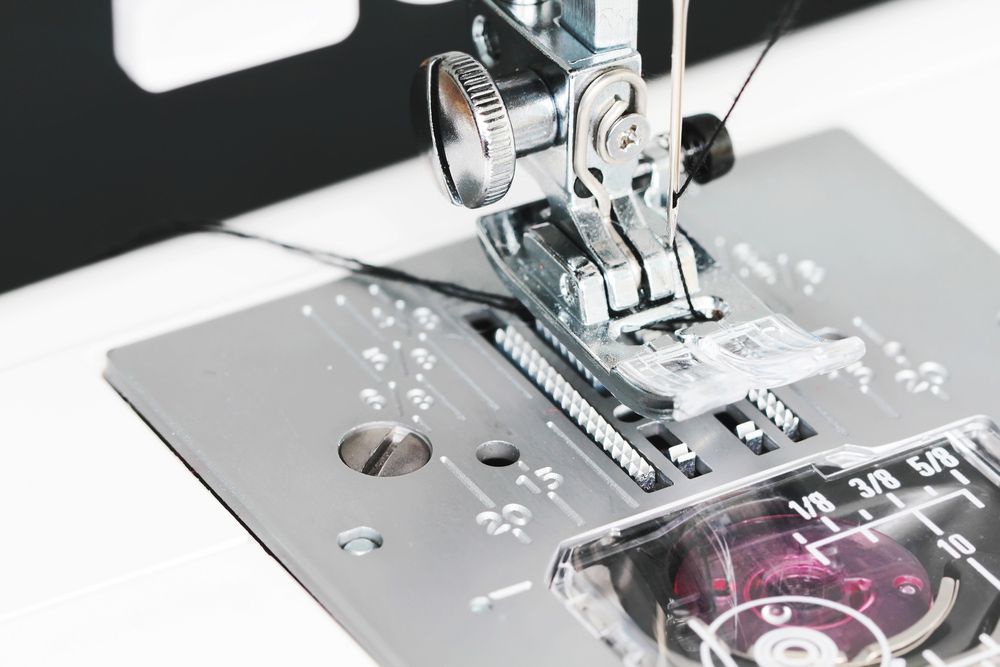
It’s home and ready to go—your brand new sewing machine. You finally traded in the heirloom that had seen you right for so many years. Or maybe this is your first sewing machine.
Before you get started, we would like to share a few things with you, so you can make the most of your brand new sewing machine, and keep it in top-top condition for many years to come.
The Sewing Machine Doctor’s Top 7 Tips to Happy Sewing
Make yourself a nice cup of tea or coffee, sit down somewhere comfortable where you can concentrate, and take the time to read your instruction book. Hidden within this manual is vital information that is often overlooked, which can lead to avoidable and potentially expensive repairs.
- A good-quality surge protector will safeguard your electronic, computerised or embroidery machine. We can supply one to you, or you can also find them at high-end electronic stores or from electrical suppliers. Surge protectors can also be fitted to your home meter box. Unexpected power surges, brownouts or blackouts are fairly common on the Sunshine Coast. These annoying interruptions, day or night, can wreak havoc with electrical appliances, as well as dramatically shorten the life of your sewing machine. A few dollars spent in prevention may save you literally hundreds of dollars in repairs.
- Make sure you have an understanding and a supply of the recommended brand of needles for your machine. While sewing machine needles appear to fit all machines, your manufacturer will recommend a specific brand/class of needle. We recommend following this as closely as possible.
- Do you have enough bobbins for your machine? Many machines will only supply four or five bobbins. We recommend you have a good supply so you won’t ever need to wind new threads over old colours. This can get messy and can also lead to mechanical problems.
- Use young threads. It doesn’t matter how automatic your thread tension is, if you have a 15-year-old ‘no-name’ thread flowing through it, your stitch will be poor. There is no substitute for quality when it comes to thread
Learn the oiling points of your machine, and where you need to clean it. Take up any lessons offered by your retailer, and ask how to clean/lubricate your machine.
- Familiarise yourself with the different feet that come with your machine. Incorrect foot selection can give a very poor stitch. Each foot has a purpose. They are rarely interchangeable.
- Make sure your machine is threaded correctly. It will likely vary from what you are used to. Misthreading can damage your sewing badly. Learn how to correctly wind up and set your bobbin.
Most importantly, enjoy your sewing machine. If you look after it with these few basic tips, have it serviced regularly and keep it covered or in its case while it’s not in use, you will get many hours of enjoyment from your new sewing machine.
Happy sewing!
